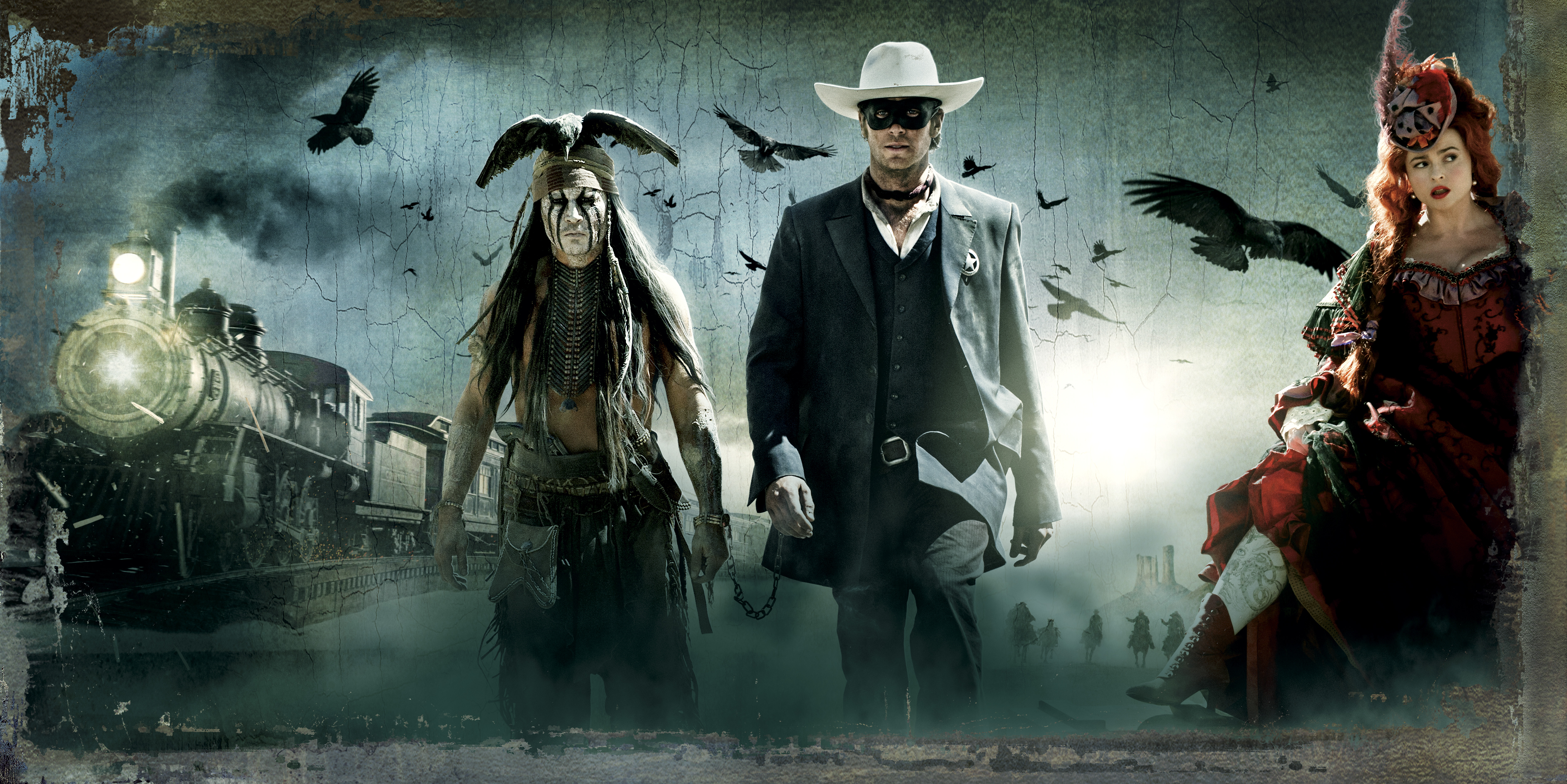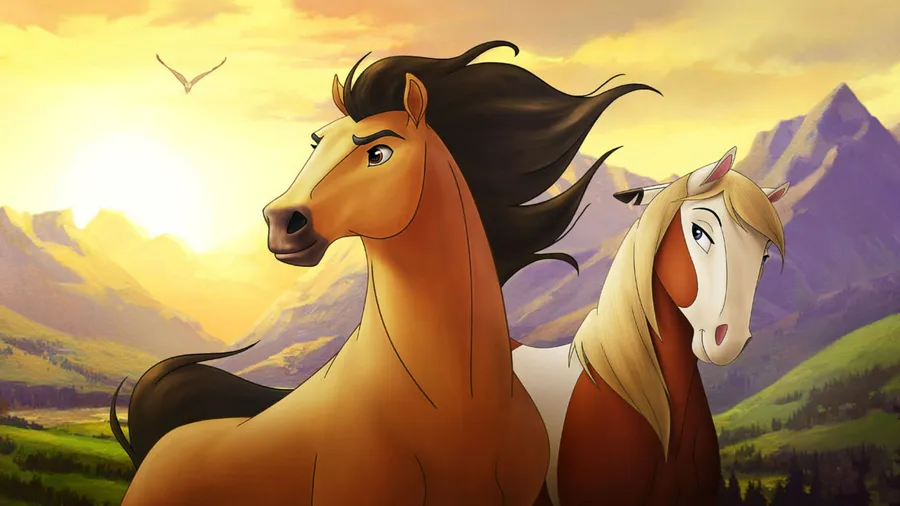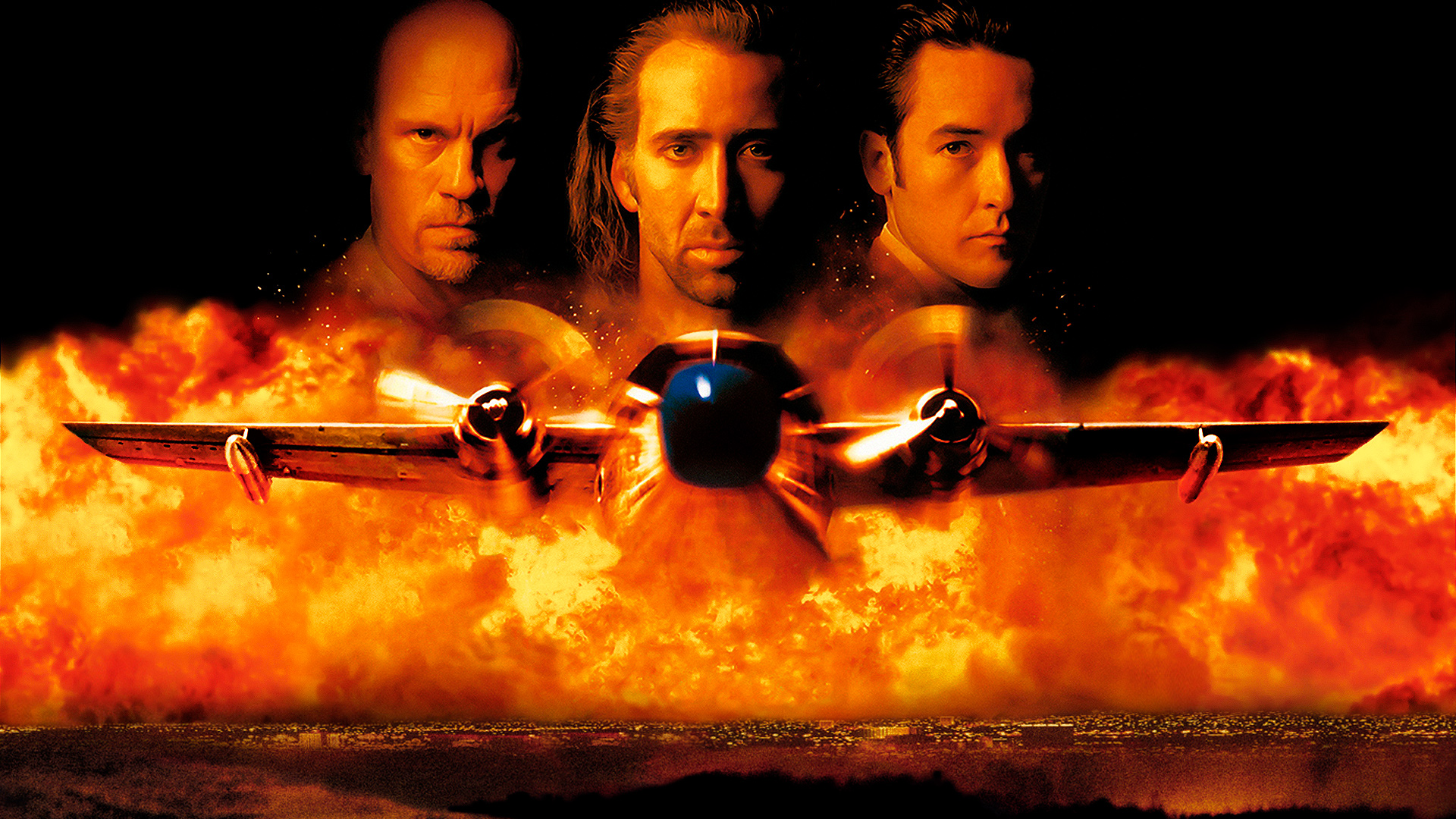 |
| Copyright © 2013 Disney Enterprises, Inc. and Jerry Bruckheimer, Inc. |
Music by
Hans Zimmer
Supervising Music Editor
Kenneth Karman
Music Wrangler
Bob Badami
Music Editors
Peter Oso Snell and Katie Greathouse
Music Production Supervisor
Monica Zierhut
Additional Music by
Geoff Zanelli
Rupert Gregson-Williams
Steve Mazzaro
Andrew Kawczynski
Jasha Klebe
Lorne Balfe
Featured Musicians
Nico Abondolo
Jason Bonham
Ann Marie Calhoun
Anthony Clarke
Mike Einziger
Pedro Eustache
Aleksey Igudesman
Arturo Sandoval
Tristan Schulze
Supervising Orchestrator
Bruce Fowler
Orchestrations by
Walt Fowler, Kevin Kaska, Suzette Moriarty, Carl Rydlund
Music Preparation
Booker White — Walt Disney Music Library
Score Recorded by
Joel Iwataki
Score Mixed by
Daniel Kresco and Satoshi Noguchi
Digital Workstation Operators
Kevin Globerman and Vincent Cirilli
Orchestra Conducted by
Nick Glennie-Smith
Score Recorded at
Sony Scoring Stage and The Newman Scoring Stage
Score Recorded and Mixed at
Remote Control Studios
Orchestra Contractor
Peter Rotter
Concert Master
Belinda Broughton
Music Production Services
Steve Kofsky
Score Coordination for Remote Control Studios
Czarina Russell
Technical Assistants
Chuck Choi, Brian Wherry, Phill Boucher
Digital Instrument Design
Mark Wherry
Assistant Engineers
Christian Wenger, Tim Lauber, Adam Michalak
On-Camera Supervising Music Mixer
Joseph Magee
On-Camera Music Arranged by
Geoff Zanelli
Pre-Record Orchestrations by
Marshall Bowen, Dave Giuli, Jennifer Hammond
Vocal Contractor
Jasper Randall
After the Battle of Aughrim
Arranged by Hans Zimmer and Ann Marie Calhoun
Hanson Place (Shall We Gather at The River)
Arranged by Marshall Bowen
Battle Hymn of the Republic
Arranged by Geoff Zanelli
Red’s Theater of the Absurd
Written and Produced by Jack White
Performed by Pokey LaFarge and the South City Three
Beautiful Dreamer
Arranged and Produced by Jack White
Performed by Pokey LaFarge and the South City Three
The Girl in the Flying Trapeze
Arranged and Produced by Jack White
Performed by Pokey LaFarge and the South City Three
Dixie
Arranged by Kenneth Karman
Stars and Stripes Forever
Written by John Philip Sousa
Arranged by Geoff Zanelli
Marse Henry March
Arranged by Geoff Zanelli
The Star Spangled Banner
Written by Francis Scott Key
Arranged by Geoff Zanelli
William Tell Overture
Arranged by Geoff Zanelli
Soundtrack Available on
Walt Disney Records



